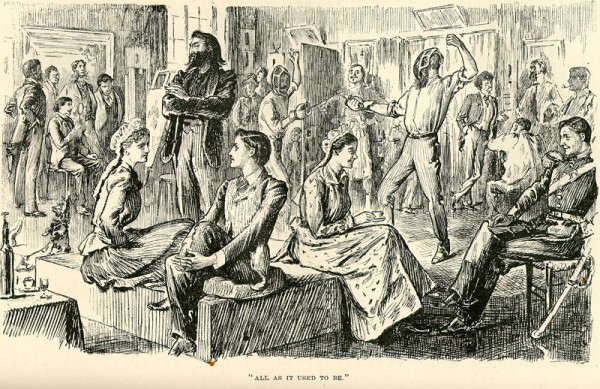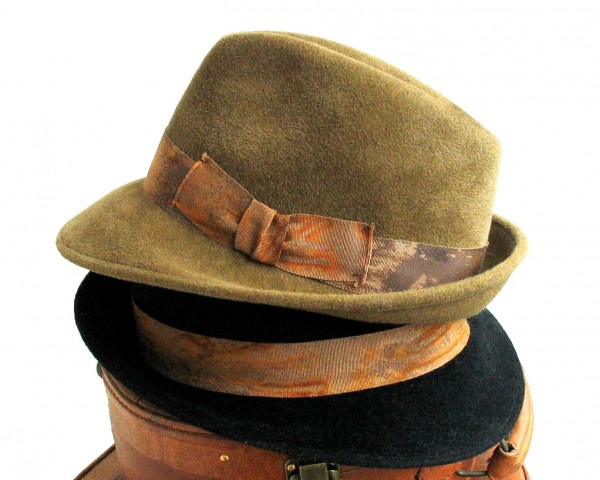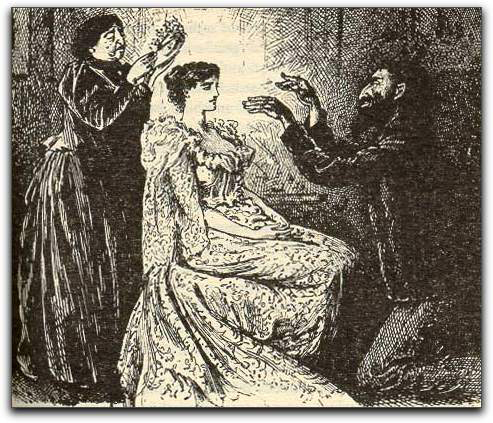George Du Maurier launched Trilbymania. His tale of the free spirited Trilby O’Ferrall sold over 200,000 copies in its first year and inspired plays, movies, fashion and introduced new terms to the English lexicon.
On September 8, 1894, the novel Trilby was published. It collected the illustrated serial that ran in Harpers Monthly from January through August 1894. The titular manic pixie dream girl served as a muse to British art students who share a studio in bohemian Paris. She worked as a laundress and model. Her fatal flaw was her tone-deafness, seized upon by the musician Svengali. He cast a hypnotic spell on her that granted her an operatic soprano and the title Madame Svengali.
The story was adapted as a stage play in 1895. The first adaptation in London featured Trilby wearing a narrow-brimmed hat with a turned-up back. The style became known as a trilby, not to be confused with a fedora.
Du Maurier’s virulent anti-Semitism makes the novel difficult to read during the Svengali passages. Whereas most of the characters are breezy, likable artists, Svengali is meant to appear gross and uncouth. His piano playing is, for lack of a better word, mesmerizing. He lures Trilby into his machinations. Svengali has come to define someone who manipulates or controls another for his or her own ends.
On a lighter note, Trilby also coined the term in the altogether for nude. She spoke it to the delicate Little Billee.
“I’m posing for Durien, the sculptor, on the next floor. I pose to him for the altogether.’
“The altogether?” asked Little Billee.
“Yes—l’ensemble, you know—head, hands and feet—everything—especially feet.”
From hat to toe, Trilby served as inspiration!




There are no voices yet... Post-script us a message below, won't you?